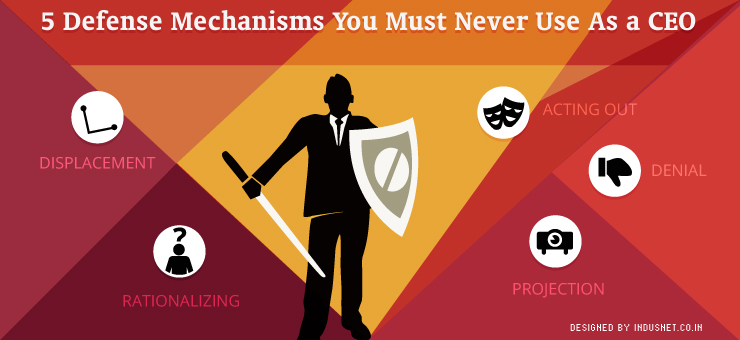
How Getting Analyzed Can Help You Be a Better CEO
Psychoanalysis is a form of therapy that involves talking to a trained analyst who tries to work with your defense mechanisms, repressed memories and other obstacles that may hinder you from achieving what you must. Psychoanalysts are different from psychologists, though both can be loosely called “psychotherapists”. A psychoanalyst is a person who is trained in the Freudian or Neo-Freudian principles that believe in the dynamic nature of our consciousness. They believe, the unconscious mind has a lot of potentials, which can be explored to remove problems that exist and create a psychological state that is free from defenses & destructive behaviors. Sigmund Freud was the original proponent of psychoanalysis and it has come a long way. Today, psychoanalysis sessions do not last for years like they used to and are, instead, brief and to the point. Though not accepted by mainstream psychologists, psychoanalysis has its own proponents and many successful businessmen swear by it for their fruits. In this article, let us take a look at what psychoanalysis does and why it will help you to be a better person. How can psychoanalysis help you? If you are a CEO or a person who has huge responsibilities, you really need to have a sharp and calm mind. Anxieties and neuroses will not help you be successful and they will not allow you to reach your full potentials. If there are lingering problems that date back to your childhood or adolescence, they can be effectively addressed during therapy. A psychoanalyst will, usually, ask you to discuss everything that comes to your mind without any inhibitions. This sort of “free association” and “stream of consciousness” helps the psychoanalyst to assess which defense mechanisms are working against you and which ones are pulling you down. By tackling these maladaptive defense mechanisms and making sure that psychic conflicts are resolved, you will be able to be a better boss, manager or even just an employee. If you are a CEO, it is all the more important to resolve your psychic conflicts. Let us take a look at a few instances in which psychoanalysis might be deemed necessary or helpful. You are feeling overworked and are growing resentful towards your employees Your technical skills are not as good as they used to be Your managerial skills are waning You find it difficult to maintain calm and poise when it comes to handling difficult clients You often find it difficult to sleep When you sleep, you might experience strange and vivid dreams that often scare you Your performance at job might go down You might no longer want to lead or take responsibilities You might feel like “giving it all up” If you experience any of these thoughts or feelings, it might adversely affect your work performance. Psychoanalysis helps you to address your problems at a very deep level, at the unconscious level. Other forms of psychotherapy, usually, address only the superficial issues. Psychoanalysis goes deep down and tries to rectify defenses that are deeply ingrained within your psyche. If you feel you are experiencing any of the symptoms listed above, it is probably time to get analyzed by a therapist trained in psychoanalysis. Where to find a psychoanalyst? Classical psychoanalysts are hard to find but you will, usually, be able to find a psychotherapist who leans towards psychoanalytical thought. Speak to the therapist over the phone or meet them in person before actually signing up for therapy. Therapy is an ongoing and continuous process that helps you to achieve your inner potential. If you are a CEO or a boss, it is even more important to maintain peace and calm & have a healthy mind. Before stress goes out of control and begins to affect your work, try to seek therapy. There is nothing wrong in choosing psychoanalysis or another form of psychotherapy even if you do not have serious psychological issues. Psychotherapy helps you to remain in touch with yourself and not be bogged down by everyday pressures; and that is very important to succeed in life and in your profession. If you feel the need to talk, speak to a trained therapist. It will prove to be more beneficial for your business than speaking to colleagues or friends.





